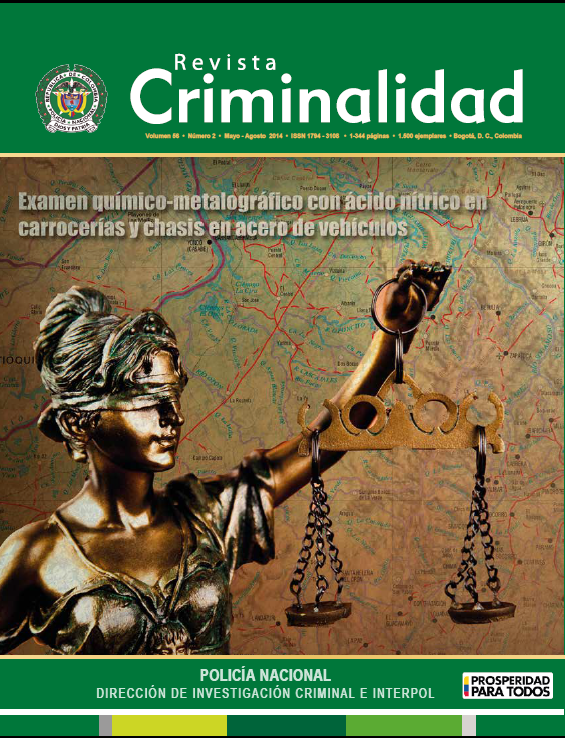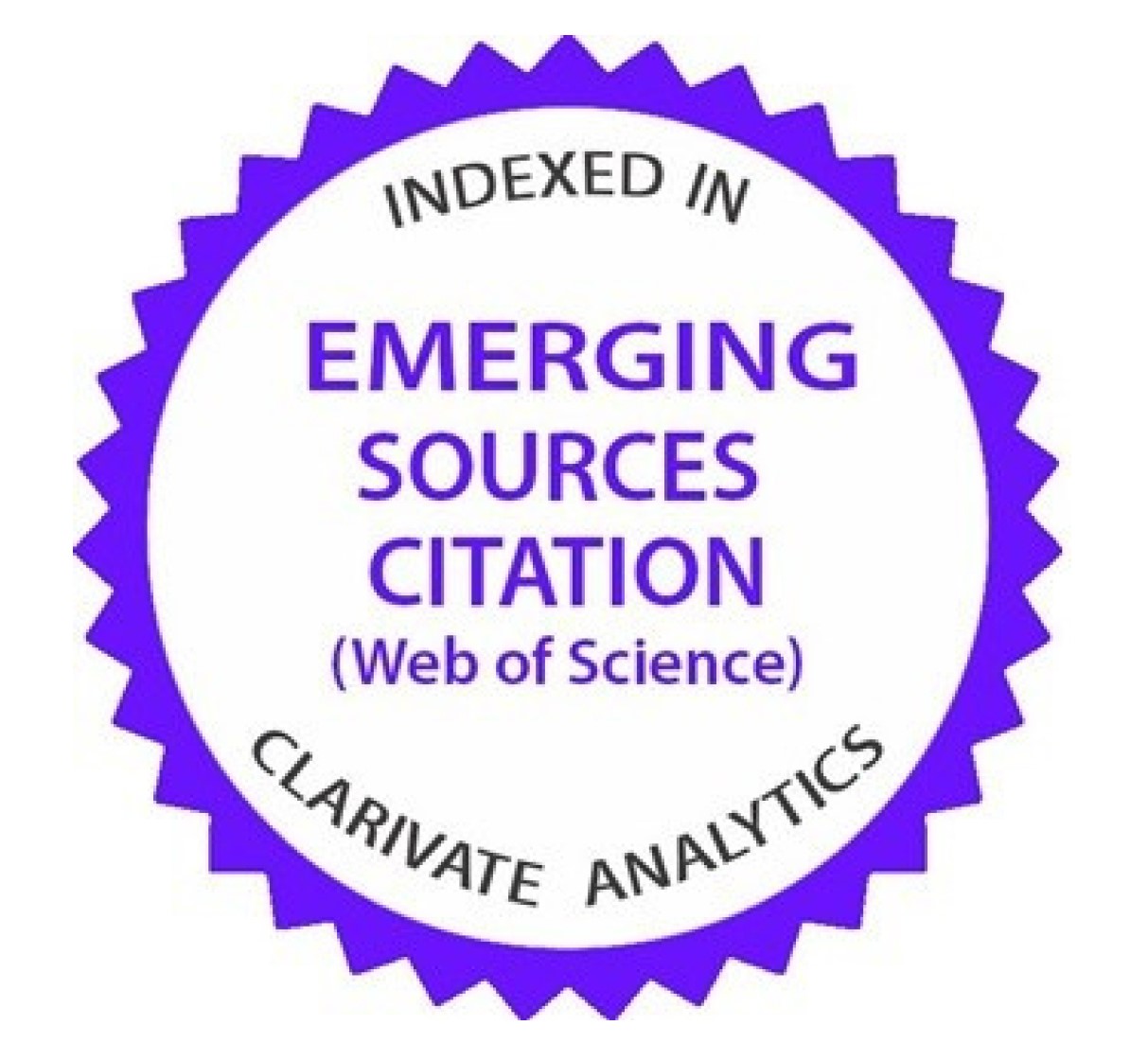Social representations of traffic rules, aggressiveness, easiness perceived in driving, accidents, and traffic tickets involving drivers in Bogota, D. C.
DOI:
https://doi.org/10.47741/17943108.192Keywords:
Traffic violations contraventions, driving contraventions, road traffic rules, aggressiveness, road accident rates, traffic fines, traffic ticketsAbstract
The main objective in this work consisted of getting to know the social representations about traffic rules and their connection with self-reported aggressiveness, accident rates and fines for traffic offenses by drivers in Bogota. A case-based survey (Mamontoff, 2010) with graphic elements (Abric, 1993) was applied to a non-random sample of driving offenders or drivers undergoing their driving license renewal process. As results, four classes of drivers were identified: Two groups more likely to: abuse alcohol and exceed speed limits (1st class), pass through red or yellow lights and disregard other traffic signs (2nd class); another group that was more cautious about drinking alcohol before driving, but not with regard to exceeding speed limits (3rd class), and another group with a willingness to comply with all driving rules (4th class). A more lenient attitude towards drinking alcohol before or while driving was associated to attributing accidents to factors external to the driver, or with a higher record of fines or sanctions in the past, and having suffered more damages in road-traffic. Likewise, a more far-reaching aggressiveness was associated with an intended less prudent or cautious conduct.
Downloads
References
Abric, J. C. (1993). Pratiques sociales et représentations. París: PUF.
Abric, J. C. (1996). Exclusión sociale, insertion et prévention. París: éres.
Albery, I. P., Strang, J., Gossop, M. & Griffiths, P. (2000). Illicit drugs and driving: prevalence, beliefs and accident involvement among a cohort of current out-of-treatment drug users. Drug & Alcohol Dependence, 58: 197-204.
Aniyar, L. (1991). Inseguridad y control. Capítulo Criminológico . 18-19: 37-45.
Bergdahl, J. (2007). Ethnic and gender differences in attitudes toward driving. The Social Science Journal, 44: 91-97.
Delhomme, P. (2000). Comparing one's speed with that of others: social comparison and representation of driving by European motorists. Research Transports Securité, 67: 61-64.
Doise, W., Clémence, A. & Lorenzi-Cioldi, F. (1992). Représentations sociales et analyses de données. Ginebra: PUG.
Echebarría, A. & González-Castro, J. L. (1995). Xenofobia: representación social del inmigrante y barreras intergrupales. En E. Garrido & C. Herrero (Eds.). Psicología política, jurídica y ambiental (pp. 51-64). Madrid: Eudema.
El País (2013). Pepe Navarro no cede el paso. Artículo de fecha 14 de julio de 2013. Recuperado de http://politica.elpais.com/politica/2013/07/11/actualidad/1373570190_616730.html.
Factor, R., Mahalel, D. & Yair, G. (2007). The social accident: a theoretical model and a research agenda for studying the influence of social and cultural characteristics on motor vehicle accidents. Accident Analysis & Prevention, 39: 914-921.
Fell, D. L. & Black, B. (1997). Driver fatigue in the city. Accident Analysis and Prevention, 29 (4): 463-469.
Fillmore, M. T., Blackburn, J. S. & Harrison, E. L. R. (2008). Acute desinhibiting effects of alcohol as a factor in risky driving behavior. Drug and Alcohol Dependence, 95: 97-106.
Gaymard, S., Boucher, V., Nzobounsana, V., Greffier, F. & Fournela, F. (2013). La perception des piétons par les conducteurs: corrélations entre les données d'un oeil électronique et le verbatim des conducteurs. Canadian Journal of Behavioral Science, 45 (2): 124-137.
Goodwin, G. P. & Darley, J. M. (2012). Why are some beliefs perceived to be more objective than others? Journal of Experimental Social Psychology, 48: 250-256.
Grainié, M. A. & Papafava, E. (2011). Gender stereotypes associated with vehicle driving among French preadolescents and adolescents. Transportation Research Part F, 14: 341-353.
Greenberg, M. D., Morral, A. R. & Jain, A. K. (2005). Drink-driving and DUI recidivists' attitudes and beliefs: a longitudinal analysis. Journal of Studies on Alcohol, 66 (5): 640-647.
Hatfield, J. & Fernandes, R. (2009). The role of risk-propensity in the risky driving of younger drivers. Accident Analysis and Prevention, 41: 25-35.
Havarneanu, G. M. (2012). The perceived causes of severe traffic accidents: a psychosocial approach. Procedia- Social and Behavioral Sciences, 33: 428-432.
Hofstede, G. (1991). Cultures and Organizations. Software of the mind. London: McGraw-Hill.
Hofstede, G. (2001). Culture's consequences (2.ª ed.). Thousand Oaks, Ca.: Sage.
Iversen, H. (2004). Risk-taking attitudes and risky driving behaviour. Transportation Research Part F, 7: 135-150.
Jenenkova, O. (2010). The representations of inhabitants of Latvia about reasons of aggressive vehicle driving. Procedia Social and Behavioral Sciences, 5: 520-525.
Lonczak, H. S., Neighbors, C., & Donovan, D. M. (2007). Predicting risky and angry driving as a function of gender. Accident Analysis Prevention, 39: 536-545.
Mamontoff, A. M. (2010). Tsiganes et représentations sociales. Méthodes de recherche et problématisation. Bruxelles: EME.
Marengo, D., Settanni, M. & Vidotto, G. (2012). Drivers' subtypes in a sample of Italian adolescents: relationship between personality measures and driving behavior. Transportation Research Part F, 15: 480-490.
Mockus, A. (1997): Armonizando la ley, la moral y la cultura. Recuperado de: http://idbdocs.iadb.org/wsdocs/getdocument.aspx?docnum=362225, el 6 de agosto de 2013.
Montoro, L., Alonso, F., Esteban, C. & Toledo, F. (2000). Manual de Seguridad Vial: El Factor Humano. Barcelona: Ariel - INTRAS.
Moscovici, S. (2001). Social Representations. Explorations in Social Psychology. New York: New York University Press.
OMS (2004). Informe mundial sobre prevención de los traumatismos causados por el tránsito. Organización Mundial de la Salud.
Páez, D. (1987). Pensamiento, Individuo y Sociedad. Madrid: Fundamentos.
Páez, D. & González, J. L. (2000). Culture and social psychology. Psicothema, Monográfico, 12: 6-15.
Parales, C. & Vizcaíno G., M. (2007). Las relaciones entre actitudes y representaciones sociales: elementos para una integración conceptual. Revista Latinoamericana de Psicología, 39 (2): 351-361.
Pérez M., E., Hernández Ll., M. J. & Serradilla, F. (2013). La impulsividad mecánica durante la conducción: definición y medición. I Congreso Internacional de Seguridad Vial. Santander, 16- 18 de mayo de 2013.
Pianelli, C., Abric, J. C. & Saad, F. (2008). Acceptabilité du Limiteur s'Adaptant aux Vitesses Autorisées. Rapport Intermidiaire de convention INRETS/DSCR, n.º CV05-016. Junio 2008.
Rodríguez, A., Niño, S., Useche, S. & Ruiz, J. I. (2012). Lesiones y muertes por accidente de tránsito. Social y Jurídica, 2: 40-46.
Ruiz, J. I. (2001). Representaciones sociales: teoría y métodos de investigación. En J. I. Ruiz, E. Ponce de León, A. N. Herrera, N. B. Sánchez, H. Jiménez- ávila & E. Medellín-Lozano (Eds.). Avances en medición y evaluación en Psicología y Educación: cinco lecturas selectas. Serie Aula Psicológica, 3: 13-74. Universidad El Bosque.
Ruiz, J. I., Arbeláez, V. & Calderón, M. (2006). Escala de agresividad de Buss y Perry: una comparación de población reclusa y no reclusa. VI Congreso Iberoamericano de Psicología Jurídica. Bogotá, 24-26 de noviembre de 2006.
Ruiz, J. I. & López, C. (2010). Escala de dificultades percibidas para la conducción, hostilidad y extraversión: un análisis correlacional en conductores de Bogotá. Diversitas: Perspectivas en Psicología, 6 (2): 441-454.
Ruiz, J. I. (2013). Cuestiones metodológicas en criminología comparada y en percepción de seguridad. En J. I. Ruiz (Ed.). Psicología social y justicia. Bogotá: Universidad Nacional de Colombia (en prensa).
Ruiz, J. I. & Useche, S. A. (2013). Incidencia de variables relacionadas con el factor humano en la accidentalidad de conductores colombianos: un estudio nacional. Congreso Internacional de Seguridad Vial. Santander, 16-18 de mayo de 2013.
Salvador F., M. & Gargallo V., P. (2006): Análisis factorial [en línea]. 5campus.com, Estadística. Recuperado el 12 de abril de 2014 de http://www.5campus.com/leccion/factorial.
Schechtman, E., Shinar, D. & Compton, R. C. (1999). The relationship between drinking habits and safe driving behaviors. Transportation Research Part F, 2: 15-26.
Sirvent, C. (2007). Autoengaño y adicción: clínica y psicoterapia. En P. Blanco, L. Palacios, C. Sirvent. Actas del III Simposio Nacional de la Adicción en la Mujer (pp. 69-104). Madrid: Agencia Antidroga de la Comunidad de Madrid.
Uribe G., C., Saavedra O., M. A., Almarales N., J. R., Cabezas P., L. E. & Soto B., P. V. (2012). Accidentalidad vial por consumo de alcohol: estado actual. Repertorio Medicina y Cirugía, 21 (2): 79-86.
Useche, S. (2013). Relationship between psychosocial variables, accidents and traffic violations in public transport drivers. International Congress of Work, Stress and Health 2013: Protecting and Promoting Total Worker Health. Los ángeles, 16-19 de mayo de 2013.
Wickens, C. M., Mann, R. E., Stoduto, G., Ialomiteanu, A. & Smart, R. G. (2011). Age group differences in self-reported aggressive driving perpetration and victimization. Transportation Research Part F, 14: 400-412.
Published
How to Cite
Issue
Section
License
Licencia creative commons CC BY NC ND https://creativecommons.org/licenses/by-nc-nd/2.0/















